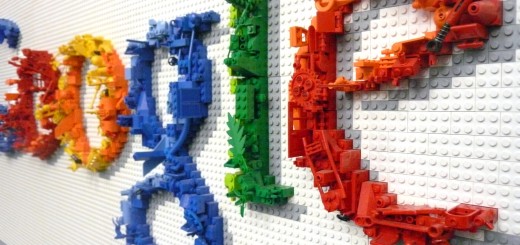Flash sales: Key component of India’s e-tailers’ tentpole strategy
Indian ecommerce players are inspired by some of the tactics of their western counterparts and are devising and deploying similar ways and means to attract a larger consumer base in India. Lately flash sales have been seen making rounds in the ecommerce industry. “The main objective of the flash sale or such promotional sale is to either add a fresh consumer base or reengage the exisisting one,” said Ravi Chopra, Chief Executive Officer of Clickbazaar.com.
Flash sales or deal of the day generally refers to one-day offers on ecommerce platforms. This ecommerce business model offer appealing discounts and offers on a product for a time span of 24 hours. The trick to the success of this kind of sale lies in communicating this offer to the consumer at the right time and be equipped to handle the surge in the online traffic on the d-day.
Though the motive of flash sales is largely reaching out to a bigger consumer base, Amazon has launched its flash sale exclusively for its mobile app via Amazon Appiness Day. Amazon is leveraging on the mood of the market where ecommerce is growing in appeal and getting consumers of its mobile platform. The strategy is commonly known as ‘tent polling’.
Since the Diwali festive wave in the online market, e-tailers are on one-day sale spree driving the tremendous sales numbers. Flipkart’s Big Billion Day Sale, Snapdeal’s Diwali Bumper Sale and Amazon’s Diwali Dhamaka Sale are among the flash sales which have managed to engage the Indian consumers.
The western counters parts too employs its tactics at a time in the market when the shopping spirit is on a high. In China, which is home to world’s fastest growing ecommerce industry, 11 Nov (or 11.11) is the marked date for flash sales by various players in the region. Also in US, consumers have a pool of flash sales on the Thanksgiving day, Halloween and during the Christmas festival.
But how mature is the Indian ecommerce industry to indulge in flash sales and does it actually transform the online traffic into revenue numbers for the ecommerce platform investing in the sale. “The ecommerce industry in India is gradually evolving as many are still not comfortable with the concept of online transactions and opt for COD (Cash on delivery) ,” said Amit Bajaj, Communications Leader of Brand and Social Media at General Electronics – South Asia.
One of the major evolutionary step that is industry has witnessed is the launch of flash sales by individual ecommerce players such as Flipkart, Snapdeal, and Amazon and not Google combining the efforts of all the e-tailers.
In 2012, Google has initiated the Great Online Shopping Festival on Dec 12, 2012 (or 12.12.12) where the search engine giant collaborated with various e-tailers offering heavy discount and attractive deals for one day to attract consumer; all to encourage ecommerce in India. Therefore, the advent of flash sales by independent online players reckon the growth of ecommerce in the last two years.
Ecommerce in India has come a long way but it has a longer road ahead of it. Indian e-tailers need to prepare themselves in terms of staffing, efficiency in delivery and better management of the website to avoid the goof-ups that were experienced this Diwali season when there was an uprick in the traffic. E-tailers need to gear up themselves for higher traffic on their website and further attraction towards online shopping.



